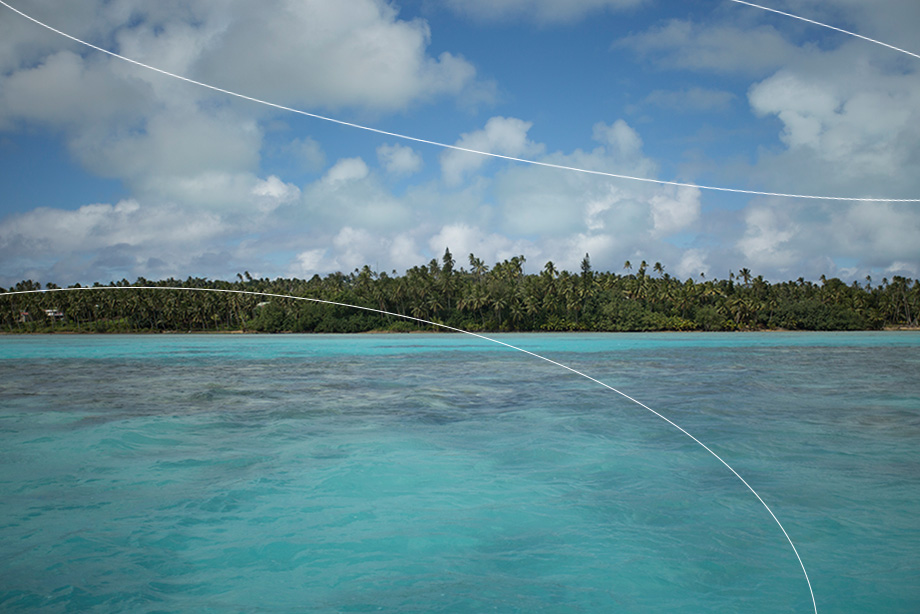Trans-Pacific Partnership (TPP) – The Birth of a New Paradigm towards a Brighter Future for Fisheries?

For many years, attempts to create more robust multilateral trade regulations for fish and fishery products have been problematic partially due to the fact that fish were not considered as a group with specificities (1). Instead, fish were always associated with unrelated goods, such as industrial products (i.e. "non-agricultural products"). Such an association had a tremendous impact on the creation of specific fish trade regulations at negotiation rounds, which are the main operational pillars of the multilateral trading system.
At WTO, fish have been submitted to the group of industrial products. In contrast, agricultural products "not including fish" have a whole set of specific rules addressing their unique particularities. Despite this general grouping for fish, during the current round of trade negotiations, the ongoing "Doha Round" which began in 2001, WTO members agreed expressly to address fisheries subsidies. This objective is a milestone – for the very first time, a particularity of the fisheries sector (subsidies and its connection with overfishing and overcapacity) is an issue per se in the multilateral trading system.
However, addressing fisheries subsidies is no longer unique to the multilateral trade system. The recently concluded Trans-Pacific Partnership (TPP), a regional agreement, can be considered a good example of how nuances of the fish sector can be tackled by trade regulation. TPP is a free trade agreement among twelve countries: Australia, Brunei Darussalam, Canada, Chile, Japan, Malaysia, Mexico, New Zealand, Peru, Singapore, the USA and Viet Nam. Although TPP still needs to be ratified by participating countries at a national level, many of its chapters have particular interest to fish trade (especially "rules of origin and origin procedures", "technical barriers to trade", and "sanitary and phytosanitary measures"). In an innovative way, there is an entire chapter titled "Environment" that addresses environmental issues, including rules related to marine capture fisheries.
Within this chapter, several topics discussed at the multilateral level with no consensus for many years are now finally agreed on a regional basis. Notably, TPP achieved the goal of bringing fisheries management elements and international fishing principles (2) into a binding trade agreement, which is not an insignificant feat. Those fishery management elements include overcapacity, overfishing, maximum sustainable yield (MSY) as a reference for the definition of overfished stock, best scientific evidence available, and others.
Participating TPP countries agreed that fisheries subsidies indeed contribute to overfishing and overcapacity, and non-adequate fisheries management systems can cause significant adverse impacts on trade and the environment. In that sense, governmental programs, which lead to adverse effects on overfished stocks and/or benefit vessels engaged in IUU fishing, were considered prohibited. In addition, it was agreed that any other subsidies specific to the fishing sector contributing to overfishing or overcapacity should not be introduced. Furthermore, a very comprehensive and detailed notification mechanism was set for the existing fisheries subsidies, which includes information on status of the fish stocks, fleet capacity, conservation and management measures, and import and export data per species, among others.
In the last decade, with the proliferation of regional agreements, the future of the multilateral trading system was considered to be in danger. TPP can prove that regional initiatives can help the multilateral system to move forward, as it was able to obtain consensus from a group of countries to address a long continuing multilateral deadlock position in fisheries.
At a regional level, TPP has demonstrated that rules to curb subsidies that cause overfishing and overcapacity could effectively be part of a trade agreement. Therefore, comparable rules can indeed be negotiated, agreed on, and set during a multilateral round of negotiations. The existence of multilateral trade regulations to deal with fisheries subsidies would generate an increase in sustainable fish trade, benefiting countries, the society and the environment, in line with the three dimensions of sustainable development. Nevertheless, having fisheries subsidies rules set at the multilateral level in the future still does not mean that fish trade is being regulated in a comprehensive way. Fisheries is a multifaceted sector, with many particular nuances, and it deserves a specific WTO agreement, just like agriculture. Ultimately, more comprehensive, transparent and predictable multilateral rules in international trade of fish and fishery products can only have the benefit of generating positive impacts for all stakeholders.
(1) A single exception occurred during the early GATT years, when fish were treated as a "primary product", together with agriculture, forestry and minerals. GATT is the General Agreement on Tariffs and Trade, which contains a set of multilateral trade rules that participating countries agreed to abide, as well as bound commitments of maximum levels of import tariffs. It was created in 1948 and it has been continuously expanded in scope since then. The WTO is the institutional successor of the GATT and negotiations conducted in WTO are considered to be multilateral by nature.
(2) Most of the international principles present at the TPP are in line with the FAO Code of Conduct for Responsible Fisheries, which is explicitly referenced. In addition, the implementation of port state measures is set as an obligation for the countries to combat IUU fishing and to deter related products of being traded, in accordance with FAO Agreement on Port State Measures to Prevent, Deter and Eliminate IUU Fishing.
[The views expressed herein do not necessarily reflect the views or policies of FAO]

